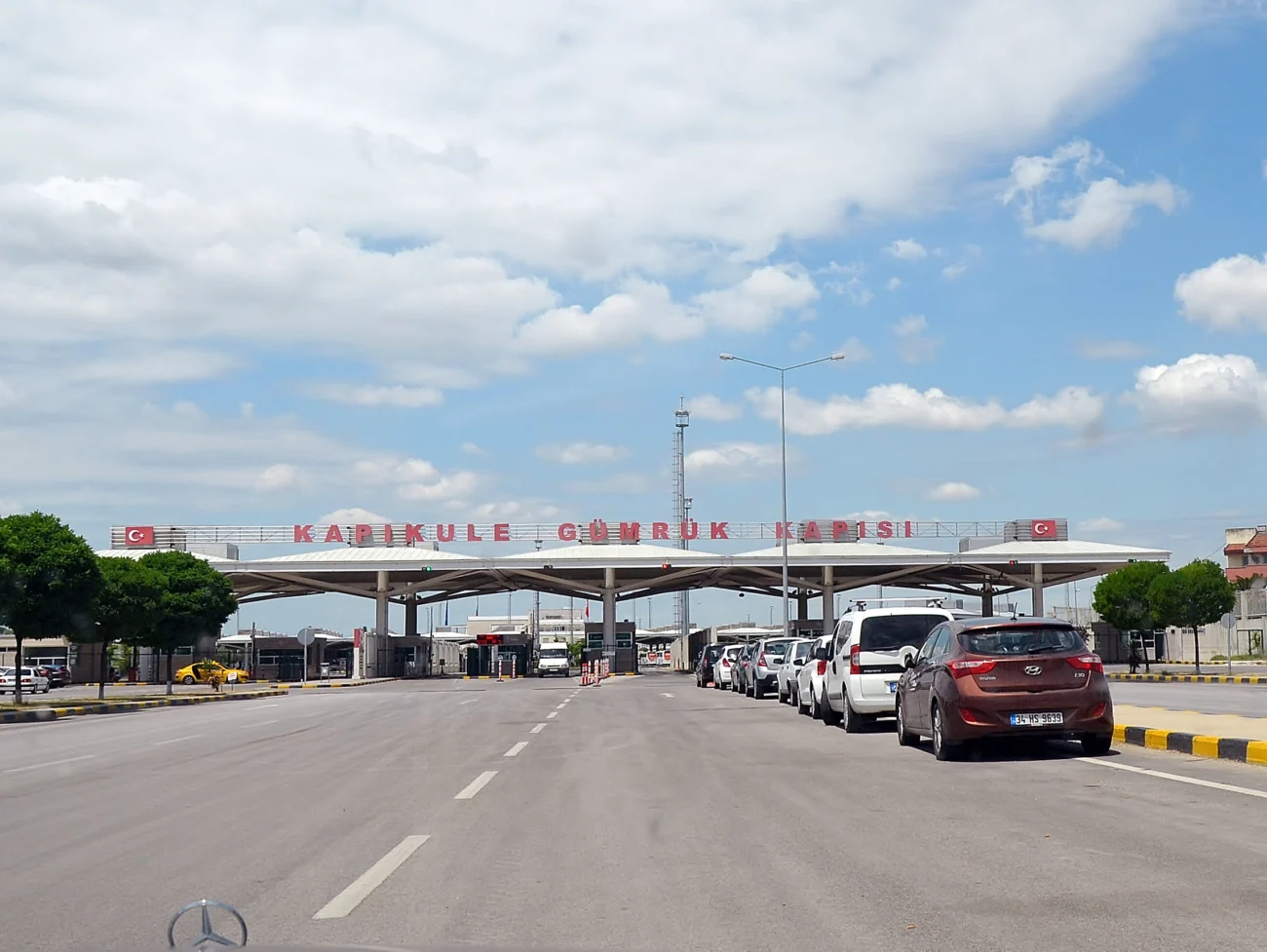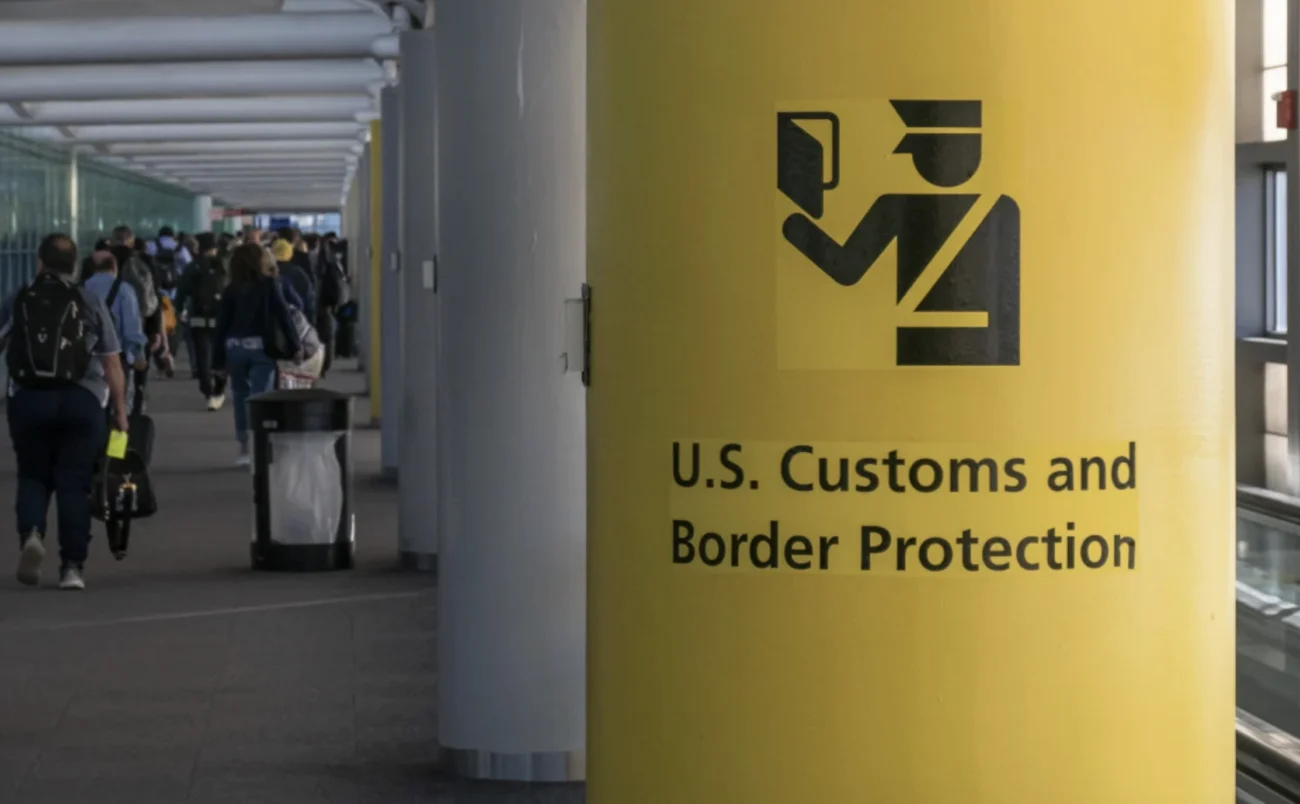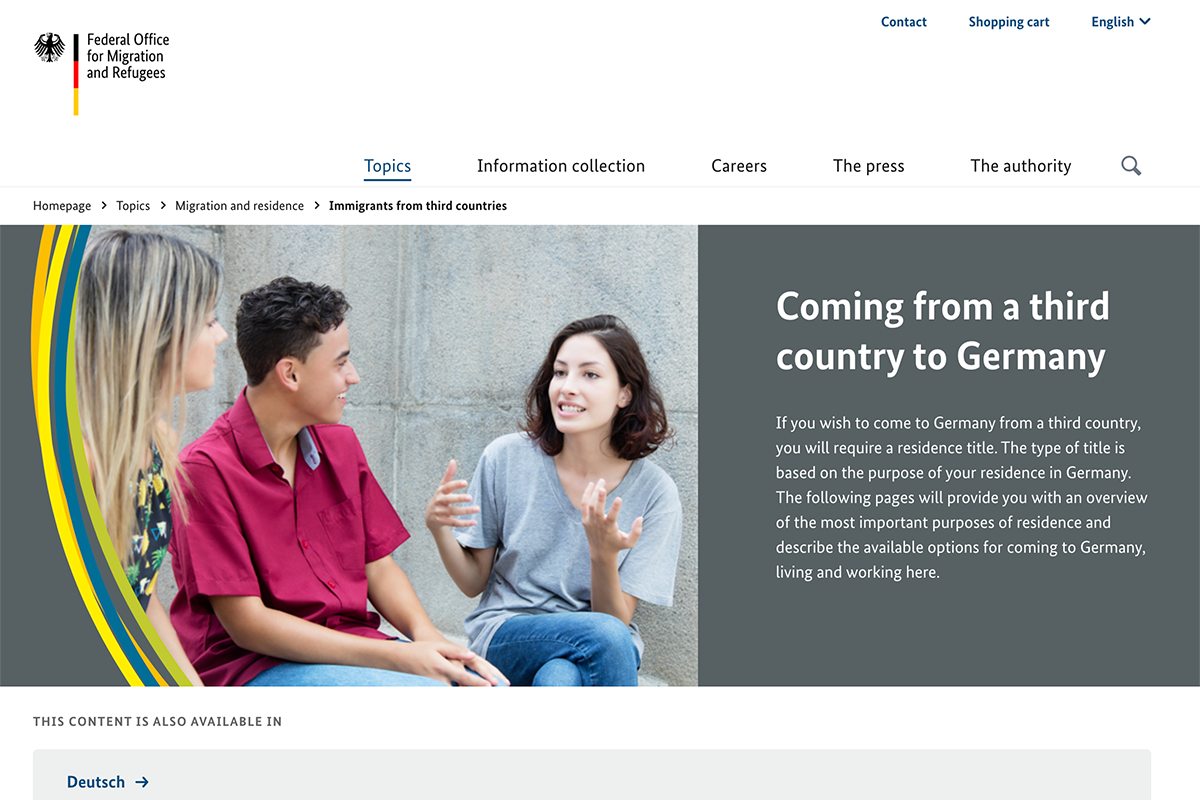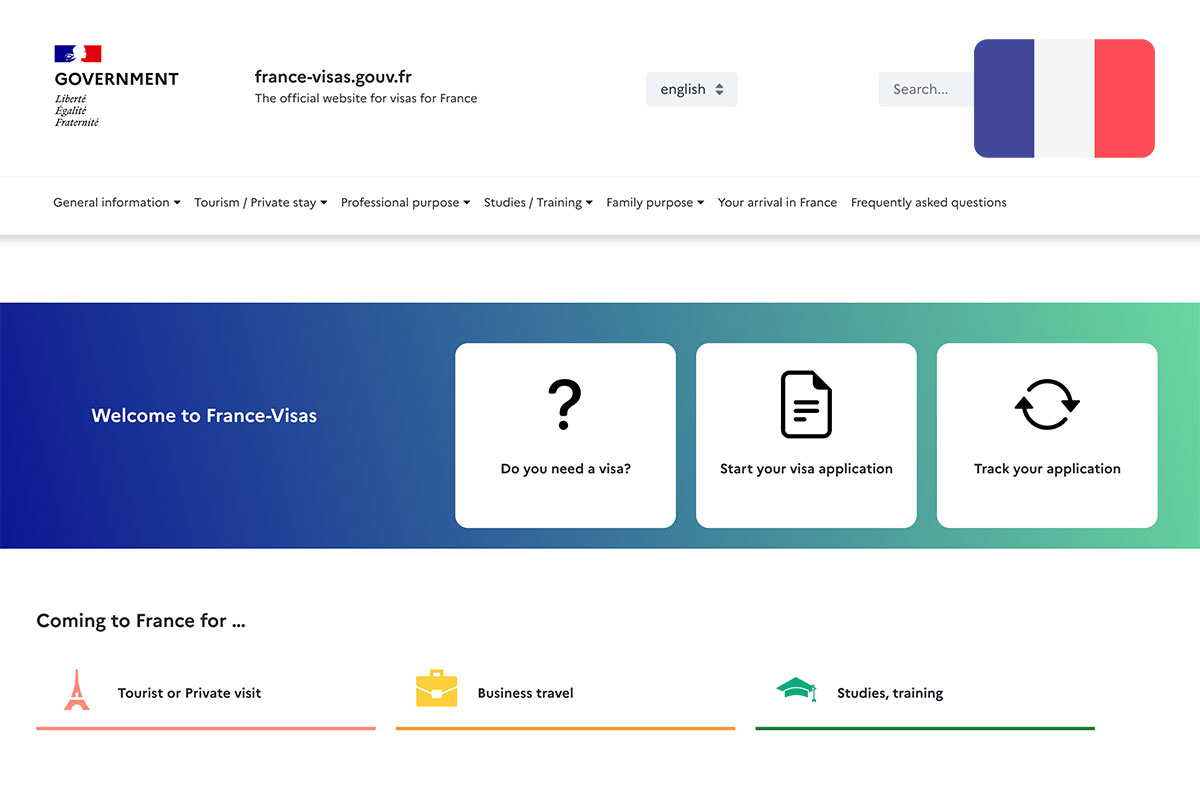This comprehensive guide outlines all essential documentation required for crossing international borders worldwide. No matter how you travel—by air, land, or sea—having the right documents is key for a smooth border crossing. Knowing the requirements early can help avoid delays, denials, or issues on your journey.
Essential Personal Identification Documents
Passports and Travel Documents
The passport remains the universally accepted identification document for international travel. Various types of travel documentation may be accepted depending on your citizenship and destination:
– Valid passport from your country of nationality: This is the primary document accepted at all international borders. Most countries require that your passport remains valid for at least six months beyond your planned stay.
– Emergency travel documents: These are temporary documents issued when your regular passport is lost, stolen, or damaged while abroad.
– Temporary passports: Short-term passports issued while waiting for a permanent passport[2].
– Enhanced driver’s licenses (EDLs): Specialized driver’s licenses that can be used for cross-border travel in specific regions, particularly between the US and Canada.
– Trusted traveller cards: Programs like NEXUS, SENTRI, and FAST help low-risk travellers cross borders in North America more easily.
Additional Identification Documents
Depending on the country and your citizenship status, these additional documents may be accepted or required:
– National ID cards: Sufficient for travel within certain regions (like the European Union for EU citizens).
– Birth certificates: May be used as supporting documentation, particularly for children or for establishing citizenship.
– Citizenship certificates or naturalization documents: Proves your nationality and right to entry to your country of citizenship.
– Permanent residence cards: For non-citizens who have permanent resident status in a country.
– Certificate of Indian Status: For individuals registered under the Indian Act entering Canada.
Entry Requirements and Visas
Visa Types and Requirements
Visa requirements vary widely depending on your nationality and destination:
– Tourist visas: For leisure travel
– Business visas: For commercial and professional activities
– Transit visas: For passing through a country to reach another destination
– Work permits: For employment in a foreign country
– Student visas: For educational purposes
Electronic Travel Authorizations
Many countries have implemented electronic systems to pre-screen travelers:
– Electronic Travel Authorization (eTA): Required for air travelers to Canada
– Electronic System for Travel Authorization (ESTA): Required for travelers to the US under the Visa Waiver Program
– ETIAS: European Travel Information and Authorization System (upcoming for travel to Europe)
Special Documentation By Travel Method
Air Travel Documents
When crossing borders by air, you’ll need:
– Your passport or authorized travel document
– Boarding passes
– Completed customs declaration forms
– Pre-arrival declaration if applicable (such as Canada’s Advance Declaration)

Land Border Crossings
For land borders, requirements typically include:
– Valid passport or authorized travel document
– Vehicle registration and insurance when driving across borders
– Driver’s license (international driving permit may be needed in some countries)
– Commercial drivers need additional documentation such as:
– Commercial Driver’s License (CDL)
– FAST Card (if applicable)
– ACE (Automated Commercial Environment) Manifest for U.S.
– ACI (Advance Commercial Information) for Canada
Maritime Border Crossings
When arriving by private boat:
– Valid passport or authorized travel document
– Vessel registration documents
– Crew lists if applicable
– Maritime declarations
– Special reporting procedures (such as calling the Border Services for clearance in Canada)
Traveling with Children and Family Members
Documentation for Minors
Children require special documentation when traveling internationally:
– Valid passport for the child
– Birth certificate
– Adoption papers (if applicable)
– Custody documents (for parents who share custody)
Consent Letters
A consent letter is highly recommended when a child is traveling:
– Alone
– With only one parent or guardian
– With friends or relatives
– With a group (sports team, school, religious group)
The letter should include contact information for parents/guardians. Border officers are vigilant about child trafficking and may ask detailed questions about children traveling with you.
Customs and Declaration Process
Pre-arrival Preparation
Many countries offer expedited processing for travelers who complete declarations in advance:
– Use electronic pre-arrival systems where available (such as Canada’s Advance Declaration)
– Complete paper declaration cards distributed on aircraft or at arrival points
– Prepare to declare all goods, currency, and items that may be restricted or prohibited
At the Border
The border crossing process typically follows this pattern:
1. Primary Inspection: Present your documentation to a border officer who will examine:
– Your travel documents (passport, visa, etc.)
– Declaration card or electronic receipt
– Additional documentation as required
2. Secondary Inspection (if selected):
– More detailed examination of documents
– Baggage inspection
– Additional questioning about your travel plans
Special Situations and Programs
Trusted Traveler Programs
These programs offer expedited processing for pre-approved travelers:
– NEXUS: For travel between the US and Canada
– SENTRI: For travel from Mexico to the US
– Global Entry: For international travelers entering the US
– FAST: For commercial drivers crossing North American borders
Special Categories of Travelers
Different documentation requirements may apply to:
– Indigenous peoples: Canada recognises Status cards for Indigenous peoples registered under the Indian Act.
– Dual citizens: May need to present specific documents depending on the countries involved
– Permanent residents: Must carry proof of their status in addition to passports
Database Checks and Border Security
Border authorities worldwide use sophisticated systems to verify travelers’ information:
– Systematic checks against relevant databases are conducted, including:
– Schengen Information System (SIS) in Europe
– Lost and stolen passport databases
– National security databases
– Border officials verify:
– Document authenticity
– Identity confirmation
– Admissibility determination
– Compliance with entry conditions
Preparation Checklist for International Border Crossings
Before You Travel
1. Research requirements specific to your destination
– Visa needs based on your nationality
– Validity requirements for your passport
– Health-related documentation (vaccinations, etc.)
2. Gather all required documents
– Primary travel documents (passport, visa)
– Supporting identification
– Special permits or authorizations
– Consent letters for minors
3. Make copies and digital backups
– Physical copies stored separately from originals
– Digital scans accessible via cloud storage
– Emergency contact information
At the Border
1. Have documents organized and accessible
– Keep primary documents (passport, visa) easily accessible
– Organize supporting documents logically
– Be prepared to present everything to border officials
2. Complete all declarations truthfully
– Pre-arrival declarations if available
– Customs declarations for goods and currency
– Health declarations if required
3. Prepare for questioning
– Purpose of your visit
– Length of stay
– Accommodation details
– Return travel arrangements
Regional Considerations
North America
– USA: A passport is needed for all international arrivals. US citizens can use passport cards for land and sea travel from Canada, Mexico, the Caribbean, and Bermuda.
– Canada: Accepts various documents for entry depending on citizenship status; uses Advance Declaration for air travelers
– Mexico: Requires tourist cards (FMM) for most visitors in addition to passports
European Union and Schengen Area
– EU citizens can travel between member states with just national ID cards
– Non-EU visitors typically need a passport valid for at least three months beyond intended stay
– Systematic checks against databases for all travelers crossing external borders
Asia-Pacific Region
– Requirements vary significantly by country
– Many nations offer e-visa systems
– Some require proof of onward travel and sufficient funds
Conclusion
Successfully crossing international borders requires thorough preparation and understanding of documentation requirements. Passports are the best ID for international travel. However, you may need extra documents based on your citizenship, where you’re going, and why you are travelling.
Always check the latest requirements from official government sources before you travel. Regulations can change. Border authorities around the world are now more advanced in checking documents. This makes having the right paperwork more important than ever.
Preparing the right documents early and knowing the border crossing process can lower stress. This way, you avoid potential issues during your international travel.
Tips for Smooth Border Crossings
– Arrive with ample time before any connecting transportation
– Answer questions honestly and directly
– Maintain a respectful attitude with border officials
– Keep your documents organized and easily accessible
– Consider applying for trusted traveler programs if you cross borders frequently
– Complete any advance declarations or pre-screening when available




